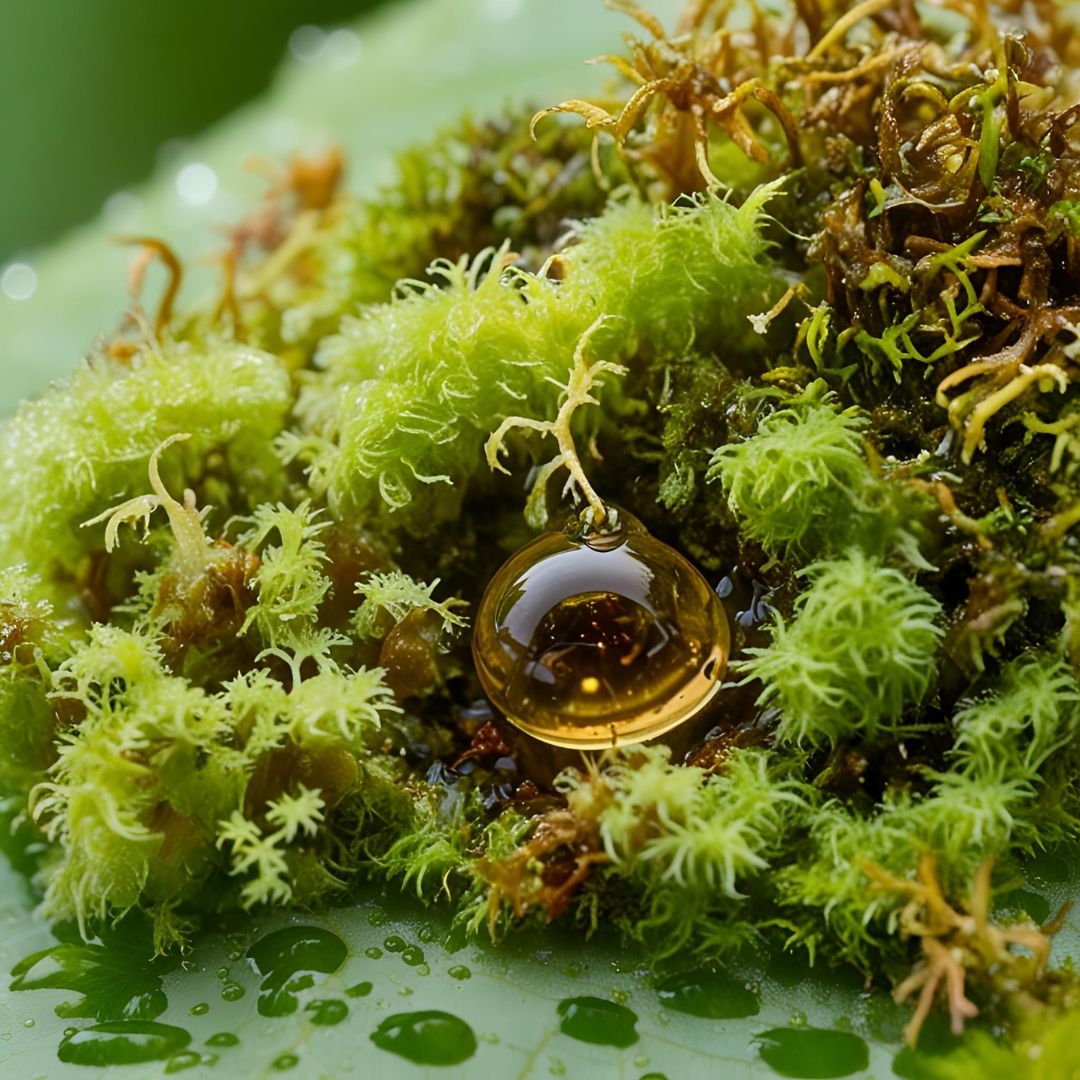Our innate desire to connect with nature, known as biophilia, goes beyond simple aesthetic preference. This drive is deeply rooted in our biology and has significant implications for our mental health and well-being. As we explore natural microworlds, such as moss, lichens, water droplets, and enlarged leaves, we understand how this connection can be seen even in the smallest details of nature. These tiny ecosystems, often invisible to the inattentive eye, have the power to evoke feelings of tranquility, wonder, and a connection to the world around us.
The Fascination with Nature: The Basis of Biophilia
Biophilia, a concept popularized by biologist Edward O. Wilson, is the idea that humans have an innate connection to the natural world. This doesn’t just mean a preference for large landscapes or parks, but also a deep attraction to microenvironments that we often overlook in our daily lives. When we closely observe natural microworlds—such as moss growing in the cracks of stones or lichens forming carpets on tree trunks—we encounter a unique and almost magical beauty. These microscopic elements of life are a reflection of the complexity and interdependence of natural systems, and our connection to them is an extension of our own need to belong to the Earth.
The Influence of Nature on Mental Health
Studies show that contact with nature, even in its most micro form, has significant positive effects on mental health. The presence of plants, the observation of small ecosystems, and even interaction with the most discreet natural elements have the power to reduce stress, improve focus, and promote relaxation. The simple practice of observing moss on a rock or lichens spreading on tree bark can bring a sense of calm and well-being. This is explained by how our brain responds to natural patterns, such as symmetry and complexity, which stimulate areas associated with pleasure and anxiety reduction.
The Fascination with Natural Microworlds
Natural microworlds, though invisible to many, are always present in our environment, waiting to be discovered. Tiny mosses, delicate lichens, minute water droplets, and leaves exposed to raindrops create rich and diverse ecosystems full of life. As we look closer, these microscopic ecosystems reveal impressive complexity. Each moss, for example, can host a variety of organisms that interact with each other, creating a functional ecological network. This invisible wonder not only fascinates us but also reminds us how nature, in all its forms, can be a source of healing and learning.
The Positive Impact of Observing Microworlds
Looking closely at these small ecosystems is not only a curious activity; it is also a therapeutic practice. Studies indicate that the practice of observing and interacting with nature, especially in such detailed forms, can increase the feeling of connection to the environment and reduce the sense of disconnection many people feel in large cities. This “instinctive connection” to the natural world is often used as a foundation for eco-psychology therapies and mindfulness practices, which encourage immersion in nature as a way to achieve inner peace and emotional balance.
The Path of Biophilia in Our Daily Lives
Incorporating elements of nature into our daily life, whether through a home garden or by observing small urban ecosystems, can be a powerful way to nurture our mental health. When we understand how moss and lichens play a vital role in larger ecosystems, we begin to realize that even the smallest things hold a richness that should not be underestimated. Plants in our environment, even if small, have the power to bring feelings of well-being that are often not immediately noticed. This recognition of natural microworlds as sources of mental health reinforces the importance of valuing the environment we live in and its diversity, whether in the form of leaves on sidewalks or moss on stones in a park.
Rediscovering Ourselves Through Nature
As our society becomes more urbanized and digital, connecting with natural microworlds can be a powerful way to rediscover our relationship with nature and improve our mental well-being. By observing the complexities and subtle interactions of mosses, lichens, and water droplets, we are reminded that nature is full of wonders, even in the most discreet forms. The practice of observing, studying, and interacting with these small ecosystems can not only promote biophilia but also be an effective way to find balance and harmony in a world that is often fast-paced.





